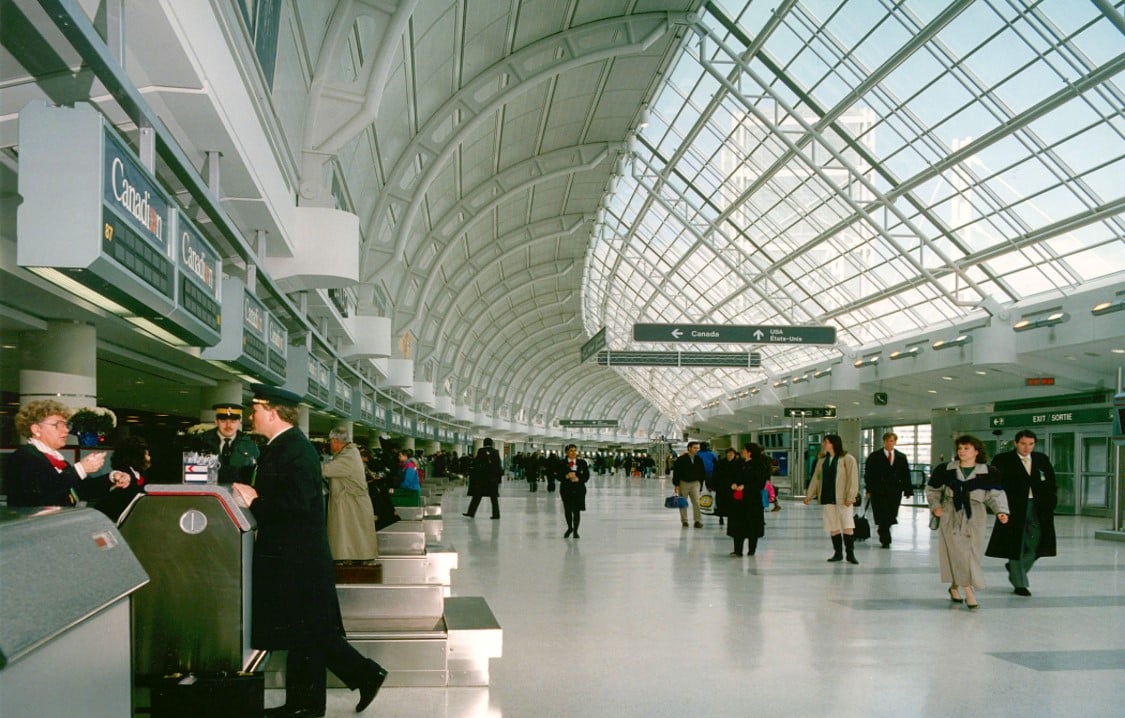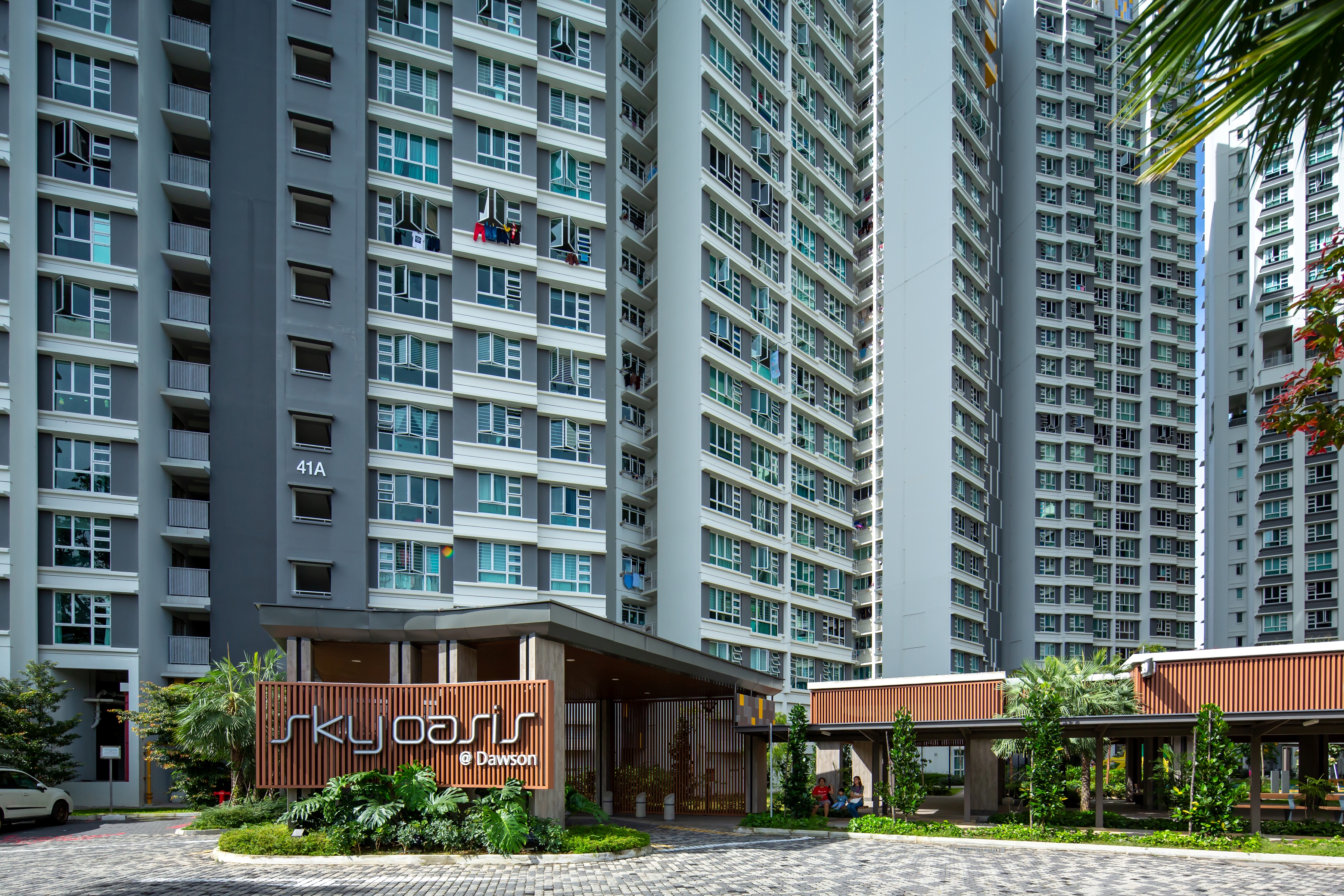Ripley’s Aquarium of Canada
The challenge was to create an interactive and educational aquarium experience that continues to activate the most highly-trafficked tourist area in Toronto.
Located at the base of the CN Tower – the signature icon of Toronto’s skyline – Ripley’s Aquarium of Canada has been carefully designed by B+H Architects, a member of the Surbana Jurong Group, to complement its location and contribute to the draw of the area. Estimated to attract more than two million visitors annually, the aquarium is equipped to captivate guests of all ages. While thoughtfully choreographed visits lead guests on a journey that inspires and entertains, the facility now also hosts events such as overnight stays, cocktail parties, sit-down dinners, live bands, and yoga.
The experience of discovery at the aquarium begins to unfold from its exterior. The faceted face of the building mimics glacial formations sprung from the earth through tectonic shifts, peeling away the land to reveal a window into the aquatic world. As visitors make their way through the exhibits via a guided path, the interior is designed to be fully immersive.
Intended to foster a culture of sustainability and conservation of aquatic life and ecosystems through a heightened sense of exploration, visitors are submerged into this water world through pop-up tanks, crawl-through tunnels and domes. To further this sense of absorption in the experience, various design elements are inspired by the marine and aquatic life found in the aquarium such as the use of rhythmic abstract patterns mimicking the movement of jellyfish.
The construction of the aquarium required great technical acuity. One of its most complex components was the Life Support System for the tanks, which cleans and recycles nearly all the water for the aquatic habitats, ensuring usage within the building remains low. All interior materials and finishes were thoughtfully selected with corrosion-resistance in mind to mitigate the higher than usual humidity resulting from the large volume of salt water used. Finally, lighting also posed a large consideration as natural daylight can cause algae growth and impair viewing through glare on glass exhibits. Daylight was carefully balanced with absolute light control where necessary.






